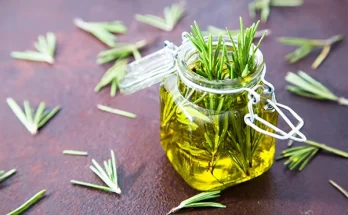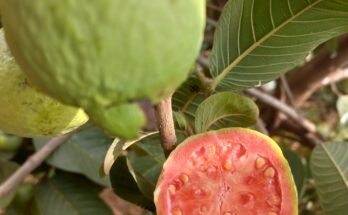
Basil is a fragrant herb with a distinctive flavor that many people enjoy. The various types have different flavors.
In cooking, sweet basil is the most popular variety in the U.S., but people also use lemon basil, clove basil, cinnamon basil, and other types.
A person could:
- Sprinkle fresh, chopped basil over a pizza or into a wrap.
- Arrange some basil leaves over slices of tomato and mozzarella, then drizzle the dish with olive oil.
- Add basil to soups, tomato sauces, and stir-fries.
- Make a marinade with basil, olive oil, and chopped garlic.
- Add whole, chopped, or torn fresh leaves to a salad.
Or, try these recipes:
Basil may provide health benefits in the diet, as herbal medicine, and as an essential oil.

Traditional uses Trusted Source include the treatment of snakebites, colds, and inflammation within nasal passages — a common effect of colds, for example.
Basil provides some macronutrients, such as calcium and vitamin K, as well as a range of antioxidants.
Sweet basil, for example, has a high concentration of the chemical agent eugenol. This gives it a clove-like scent. Lime and lemon basils have high concentrations of limonene, which give them a citrusy scent.
TYPES OF BASIL
- Sweet basil: The most widely grown, popular basil, renowned for its use in Italian dishes. Commonly sold dried in supermarkets. Has a licorice-clove flavor.
- Bush or Greek basil: Has a strong aroma but mild flavor, so it can be substituted for sweet basil. Forms a compact bush with small leaves and grows well in a pot.
- Thai basil: Has an anise-licorice flavor and is commonly used in Thai and Southeast Asian dishes.
- Cinnamon basil: Native to Mexico. Has a cinnamon-like flavor and scent. Commonly served with legumes or spicy, stir-fried vegetables.
- Lettuce basil: Features large, wrinkled, soft leaves with a licorice-like flavor. Works well in salads or tossed with tomatoes and olive oil.
Facts About Basil
- Basil has been cultivated for at least 5,000 years.
- The word “basil” comes from the Greek word “Basileus” meaning king or royal.
- Basil originated from India.
- It was introduced to other countries by travelers and traders.
- Ancient Egyptians used it as part of their embalming process.
- Romans added basil to wine as a preservative and flavoring agent.
- In ancient times, it was believed that basil could cure epilepsy.
- There are over 150 varieties of basil, that exist around the world today, with most being native to Asia.
- Basil can be grown indoors or outdoors, but it does best when planted outside during the summer months.
- Basil should be harvested before it flowers because its flavor will diminish once the plant starts to flower.
- There are so many types of basil out there, but most people have probably heard of Sweet Basil. This type is used as an ingredient in Italian dishes such as pasta sauces and pesto sauce.
- Basil plants are easy to grow from seed, but the plant needs a lot of water and light. It also needs rich soil with compost mixed in it.
- It has been found to have medicinal properties such as being an antibiotic, anti-inflammatory agent, sedative, digestive aid and diuretic.
- The ancient Greeks believed basil had powers of fertility when eaten with honey or applied topically on one’s skin.
- Basil has been shown to kill bacteria that cause food poisoning and diarrhea, and it can also reduce inflammation.
- Basil leaves are used for culinary purposes in many countries around the world, particularly Italy, France, Spain, Greece and Morocco.
- Basil can be eaten raw or cooked, and it tastes best when served fresh with other ingredients such as olive oil, garlic, salt and pepper.
Aslo read about: Plants with medicinal value



